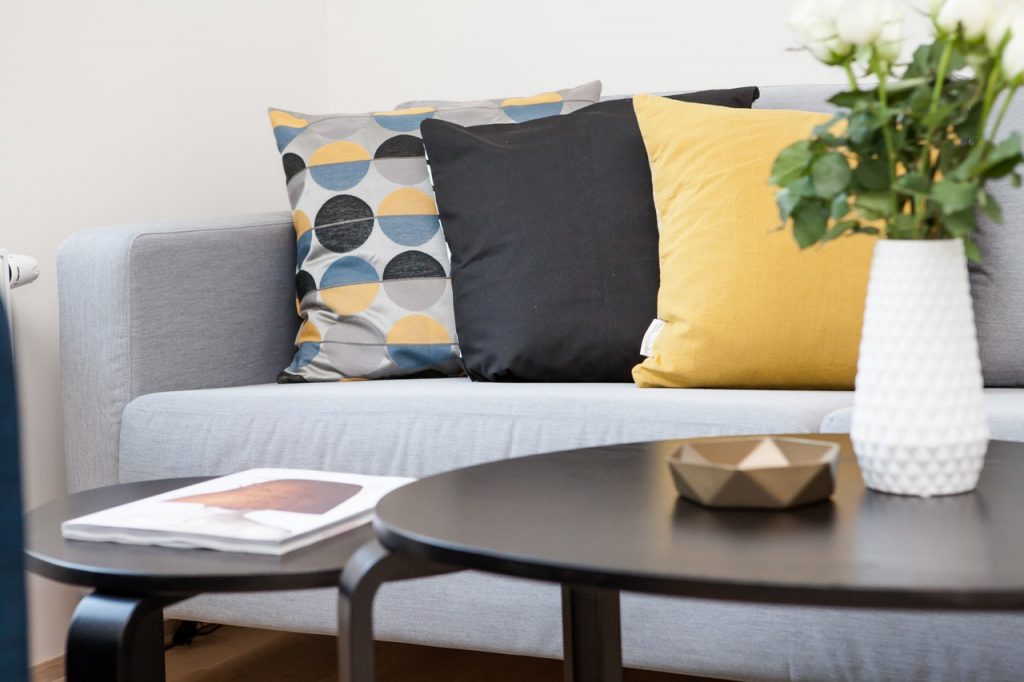Created by engineering company Miniwiz, the “House of Trash” in Milan showcases furniture and decor made purely from post-consumer rubbish.
We all know by now that manufacturing is a top contributor to the growing carbon footprint. We are also aware that the massive production and consumption in contemporary society produces a corresponding amount of waste. But waste disposal is still a huge global problem just as the issue of reducing carbon emission is still a huge global challenge.
Luckily, numerous individuals and businesses have adopted the philosophy of the circular economy and are learning to recycle products. Recycling answers the global waste disposal and carbon emission issues in two ways:
- First, by reusing the outcomes of the fuel to manufacture new products, so the emission of carbon counteracted.
- Secondly, recycling shields the environment of toxins from piling waste.
One pioneer initiative has made notable use of recycled waste. The “House of Trash” is a creation of Miniwiz engineering firm based in Taipei, Taiwan. The engineering firm has worked in collaboration with Pentatonic Homeware Company, another giant ambassador of the circular economy.
 Why the “House of Trash”?
Why the “House of Trash”?
The house in Milan is named “House of Trash” because it showcases furniture and decor that is made purely from post-consumer rubbish. In doing so, Miniwiz creates new space for trash in our homes and business space by bringing it back as usable and quality products.
The motivation in constructing a house of trash also supports its name. As explained by the company’s founder Arthur Huang, waste majorly consists of high-quality metals, plastics, and fibres. All these are materials that can be recycled. Besides, the supply of trash increases by around 70% every year, which means consistent quantities of raw material.
Not to mention, our bodily waste can be used to create biosolids used in the construction of buildings in the first place- hence why it’s essential to ensure our drains flow smoothly.
Miniwiz also intends to be an agent of real change when it comes to environmental conservation because in Huang’s words, “the environment is the only thing that matters because it is all about survival.” Designing and constructing the House of Trash is, therefore, a move in solving real environmental problems and not creating products that add to the increase of post-consumer waste.
The next step for Huang may be to construct a livable home entirely out of waste material, where the exterior could be built out of biosolids. Communities all over the world are working on processing biological waste to turn them into biosolids, so to contribute to your community, check if your drains are flowing smoothly by hiring a professional plumber.
 A sneak peek into the interior
A sneak peek into the interior
The House of Trash has a living space, an office space, a showroom, and a proto lounge. Everything is made from trash. That includes the chairs in the lounge which are made from glassware from recycled smartphone screens and plastic bottles. On display in the showroom are the prototypes of Pentatonics’s AirTool Soft in line with modular fabric components that have been weaved from trash on Italian looms.
Part of the décor includes pieces done by Cesare Leonardi, the celebrated Italian architect. Also on display was an art series dubbed “We’re all in this together” by Mode2, a renowned graffiti artist and one of the pioneers of the British graffiti and street art crusade. The impressive ‘fractured’ series plus sofa covers cushions made from recycled plastic bottles are also on display in the lounge.
The House of Trash is an inspiration to the global community, an indication that we can design and decorate using quality products made from trash and so minimize the carbon footprint.
Perhaps one day, we will see large scale city infrastructure companies take on the challenge of building a city from recycled material as well.




